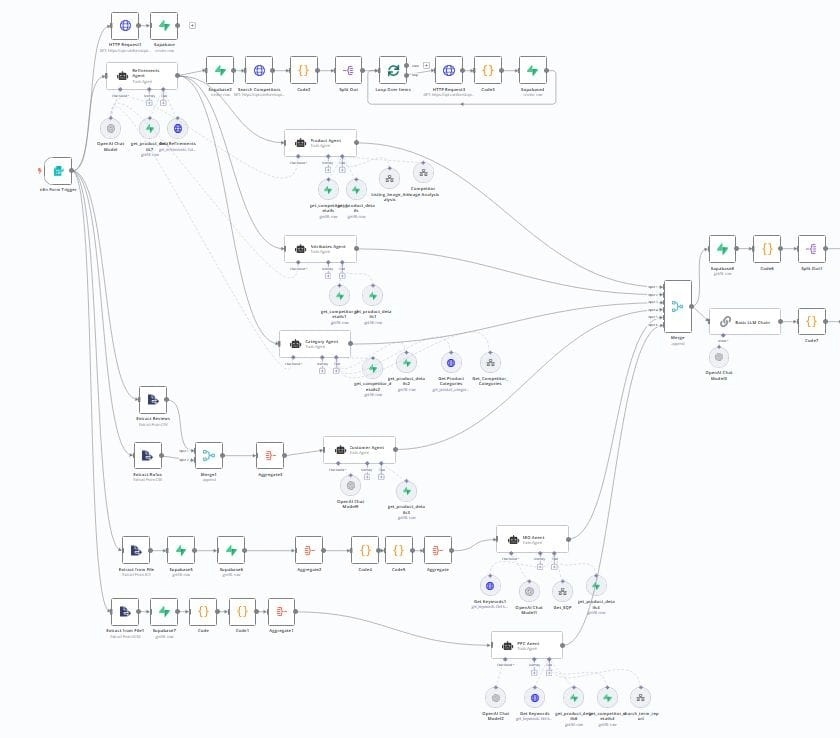Process Automation & System Integration
This is the bridge between process design and operation, enabling organisations to work more efficiently and reliably. Business analysts play a central role in identifying, implementing and refining automation and system-to-system connections that turn manual effort into streamlined workflow.

1. Identifying and Prioritising Automation Opportunities
A key task is to analyse existing workflows, pinpointing repetitive, rules-based tasks with the greatest potential for automation. Techniques such as process mapping, cost/benefit analysis, and complexity scoring help establish which tasks should be automated first, delivering maximum value; often through RPA (robotic process automation), intelligent automation, or workflow engines.
2. Documenting As‑Is and To‑Be Workflows
The next step is formalising both current ("as‑is") and proposed ("to‑be") processes. Documentation, via BPMN diagrams or RPA PDDs (Process Definition Documents), captures process flows, decisions, exceptions, data sources, and integrations. This clarity ensures developers and analysts align on purpose and requirements.
3. Tool Evaluation & Selection
Business analysts assess automation platforms (such as UiPath, Blue Prism, Automation Anywhere) and integration middleware (API gateways or enterprise service buses), weighing criteria like technical fit, cost, maintenance, scalability, and governance. This selection process includes engaging vendors, reviewing case studies, and testing pilots.
4. Integration Design & Architecture
With tools selected, analysts design integration architecture:
- Detail data flows between systems
- Define API or interface requirements
- Address data mapping, validation, error handling
- Ensure secure, reliable data exchange.
These designs become critical artefacts for technical and support teams.
5. Development Oversight & Quality Assurance
Business analysts coordinate with developers and RPA specialists during build phases. They validate the automation logic against the documented "to‑be" process, review interim code and bot scripts, and ensure exception handling and data integrity. Analysts also establish automated and manual testing strategies to ensure solutions behave as intended, catching defects early.
6. Change Management & Training
Adoption is as important as deployment. Analysts craft change plans to prepare users, complete with training materials, quick-reference guides, and live demonstrations. They also define escalation processes when automation deviates from expected flows or features require refinement.
7. Deployment & Monitoring
When live, analysts help supervise the rollout, monitor bot and interface performance (e.g. throughput, error rates, runtime), and trigger alerts if thresholds are exceeded. They ensure schedule integrity, liaise with IT for infrastructure issues, and confirm production readiness.
8. Benefits Realisation & Continuous Improvement
Post-implementation, business analysts track benefits, time saved, costs reduced, error rates lowered, and compare against projected ROI. They gather user feedback, monitor for failures or inefficiencies, and recommend refinements or extension opportunities. This establishes automation as a continuous maturity journey rather than a one-off project.
Why It Matters
- Efficiency and accuracy: frees skilled staff from mundane tasks, allowing focus on higher-value work
- Consistency and reliability: automation enforces standards and reduces human error
- Scalability: repeatable automated workflows scale without proportional increase in cost
- Insights for evolution: data from automation reveals new improvement opportunities
At Bright Lambs, we ensure automation efforts are thoroughly grounded in business needs, clearly documented, tightly integrated, carefully deployed, and relentlessly optimised, ensuring sustainable returns from day one.

